
Key Takeaways:
- Roblox and Google Ads have launched rewarded video ads, offering brands a new, measurable way to engage Gen Z. Early data from Roblox indicates high engagement with 80-90% video completion rates and 87% positive user reviews. This format incentivises viewership by offering in-game rewards, aligning with gaming’s core progression mechanics.
- Fashion and beauty brands have already experimented within Roblox, but the lack of robust measurement has kept it as a secondary marketing channel. This new ad format, bought programmatically through Google’s DV360, aims to provide comparable metrics to platforms like YouTube and TikTok, potentially making Roblox a more serious contender for media budgets targeting Gen Z.
- While in-game advertising is projected to grow, the key for Roblox and similar platforms to become mainstream marketing channels lies in proving the conversion readiness of these new formats. Consistent, scalable results that demonstrate a clear ROI will be crucial to attract significant ad spend beyond early adopters and solidify their place in the Gen Z media mix.
This week, Roblox and Google announced a new advertising format that has the potential to add clarity to how brands engage with the elusive, digital-native Gen Z audience: rewarded video ads. These full screen, opt-in video ads (up to 30 seconds long) are now available to buy programmatically through Google’s DV360, a move that puts one of the most engaged youth platforms directly on the radar of serious media buyers.
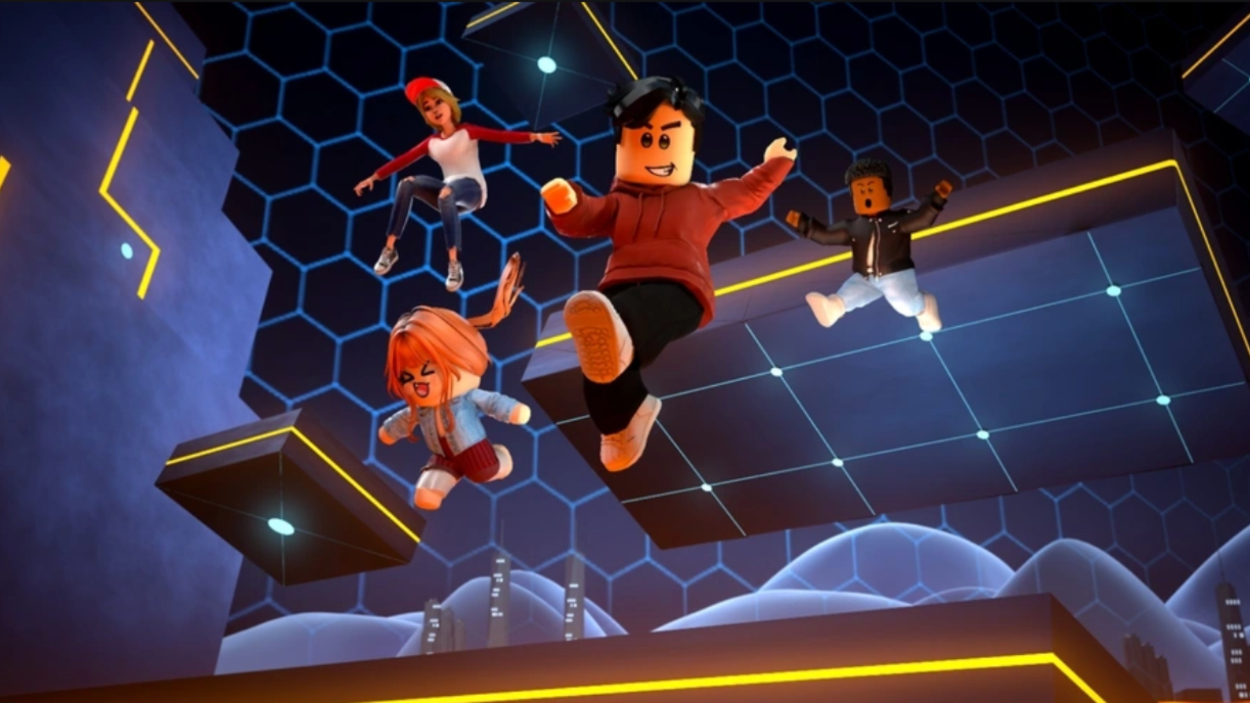
Early performance figures are certainly impressive: Roblox reports 80-90% video completion rates, and 87% of users have a positive review of the format, according to Stephanie Latham, VP of Global Brand Partnerships and Advertising. The model is simple: users watch a short video in exchange for meaningful in-game rewards like avatar upgrades, exclusive items, or in-game currency. In a gamified environment, it feels intuitive, offering utility for players and strong visibility for brands.
Unlike traditional interruptive formats, rewarded video ads feel native to the player experience. They align with how gamers already engage: through quests, progression systems, and level-up mechanics. By linking ad exposure to tangible rewards, Roblox taps into one of gaming’s core psychological drivers, the desire to advance and unlock. This isn’t just an effective format, it’s intended to signify Roblox’s evolution from a creative playground into a scalable performance channel to reach and engage with one of the demographics that fashion (and lifestyle industries in general) has found hard to capture.
Fashion in videogaming is nothing new. And fashion in Roblox is also a well-tested opportunity, with the platform being treated as a frontier of brand experimentation, a space to test ideas, launch branded worlds, and explore experiential marketing strategies in the past few years. Brands like Gucci, Tommy Hilfiger, and Nike have all tested the waters, recognising Roblox’s cultural relevance and Gen Z reach, and seeking to capitalise on that crossover with large-scale digital installations. (These have also been cornerstones of fashion’s presence in other games, and sometimes more successfully than in Roblox).
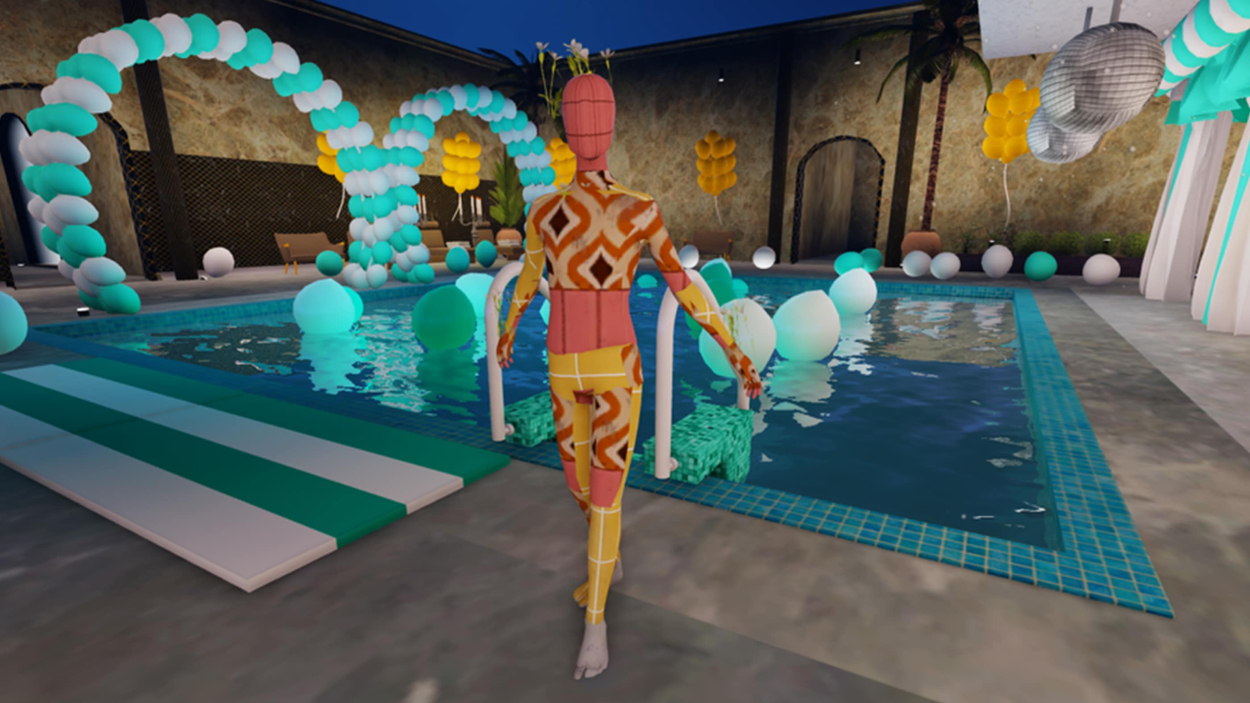
But without robust measurement or ROI, Roblox itself stayed a creative outpost, not a core part of media plans. That’s something the company is seeking to change.
The move towards standardised, measurable ad infrastructure is a calculated step to make Roblox comparable to platforms like Youtube, Instagram, or TikTok – all of which have been big drivers of engagement and sales for fashion brands. While still early days, it marks a meaningful hedge, a sign that Roblox could become an important channel in the Gen Z media mix.
And that brings us to the real strategic prize: Gen Z itself.
No generation has held more commercial sway or been harder to pin down than Gen Z. They’re not just digitally native, they’re digitally immersed, and fluent in platforms like Roblox that feel almost second nature. Raised on Youtube tutorials, TikTok trends, and algorithmic curation, they form brand opinions long before they have full economic agency.
Games like Fortnite and Roblox allow brands to meet Gen Z where they are. With tens of millions of daily active users, these titles aren’t just gaming platforms, they’re persistent social layers where Gen Z builds identity, forms friendships, and discovers culture, often before they even have purchasing power. That makes them a prime space for long term brand affinity, especially as tools to measure in-world engagement become more sophisticated.
This is particularly relevant for beauty and personal care brands. Roblox’s core demographic isn’t shopping for luxury handbags or designer shoes, they’re exploring self expression, identity, and cosmetics that bridge digital and physical worlds. That’s why products like a $12 lipstick or a $6 face mask fit so seamlessly into the Roblox experience. They’re not just accessible, they’re aligned with how Gen Z already spends, both in-app and in real life.
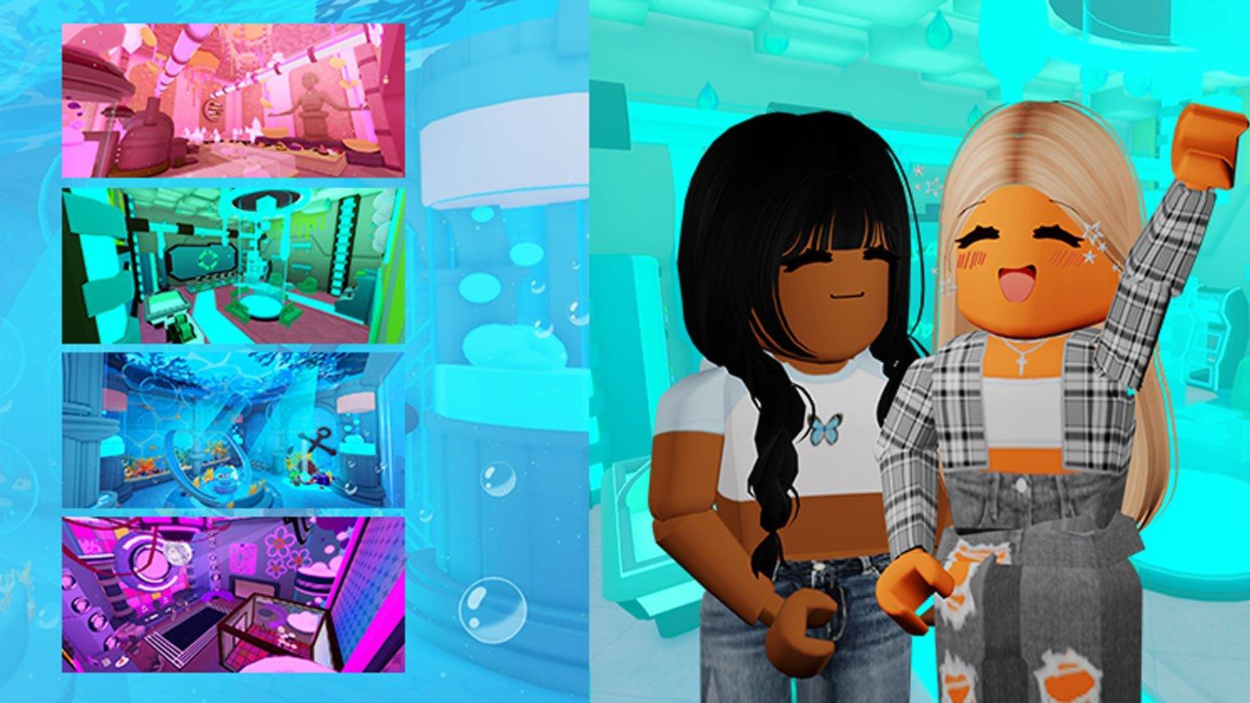
This makes Roblox fertile ground for beauty brands already blending world building with commerce. Brands like e.l.f., NARS, and Fenty have already explored the space. E.l.f.’s UP! Experience, for example, is a persistent world where players engage with brand storytelling, community, and even buy limited edition physical merchandise directly from the platform. With the new partnership with Google, these activations now exist within a framework where attention and interaction can be tied to real ad metrics.
While luxury brands may benefit from aspirational exposure on Roblox, conversion is a tougher proposition. Beauty, however, is different. It’s accessible, collectible, and shareable. The aforementioned $12 lipstick becomes a frictionless bridge between the virtual and real, and it fits seamlessly into the microtransaction logic of gaming culture.
Industry wide signals suggest that in-game advertising is only going to grow moving forward. The model is evolving and Roblox is perfectly positioned to benefit from this momentum, the infrastructure is maturing, and rewarded video ads could be the format that unlocks scaled investment.
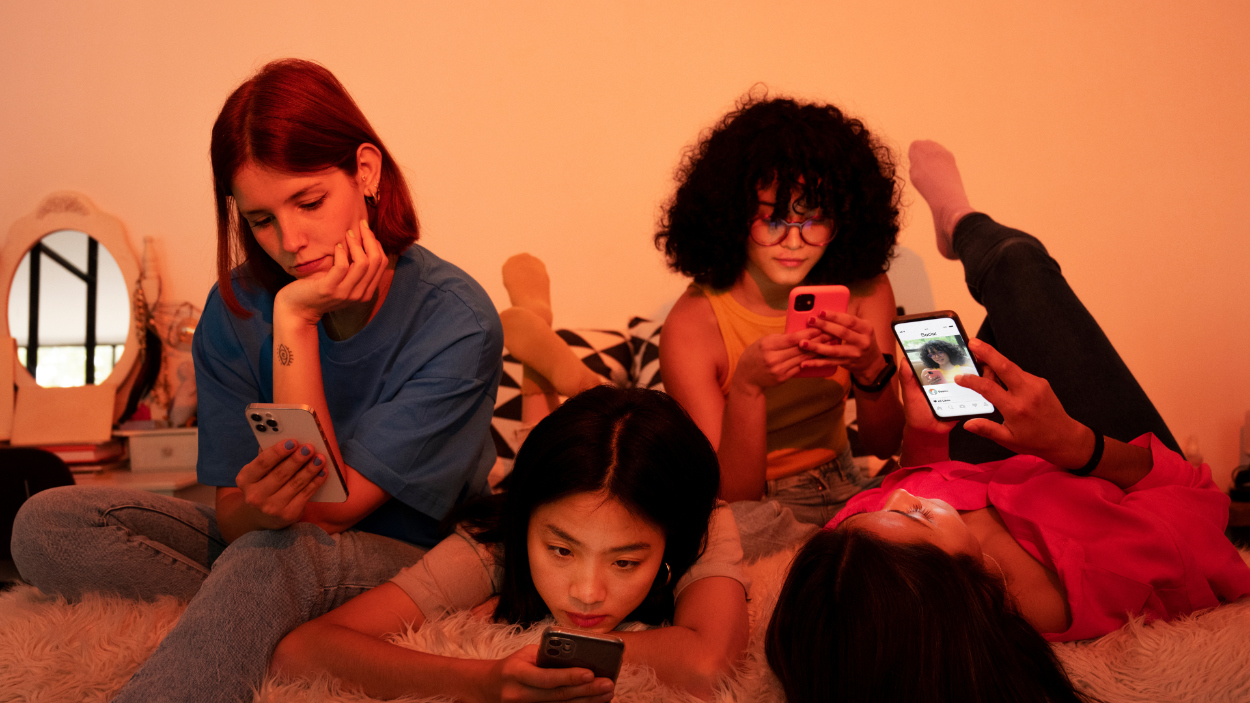
That said, we’re still in early territory. This isn’t a flip the switch moment, but it could be a platform level signal. For Roblox and games like it to become true contenders in the media mix, they’ll need to prove these new formats are not just user friendly but conversion ready. That they can drive measurable results at scale, and do so consistently enough to draw meaningful ad spend from brands beyond early adopters.
Still, the trajectory is clear. A platform once seen as a creative curiosity is now laying the groundwork for something far more substantial: a scalable, and measurable eco system that speaks Gen Z’s language. One where fashion and beauty brands don’t just show up, they live there.
Roblox new ad formats might not revolutionise the marketing world overnight, but they mark an inflection point. With Gen Z’s attention secured, standardised metrics in place, and brand experimentations already proving sticky, videogaming in general could be moving from hard-to-quantify novelty to measurable necessity, and the smart brands will make sure they’re watching to see what happens next.
Best from The Interline:
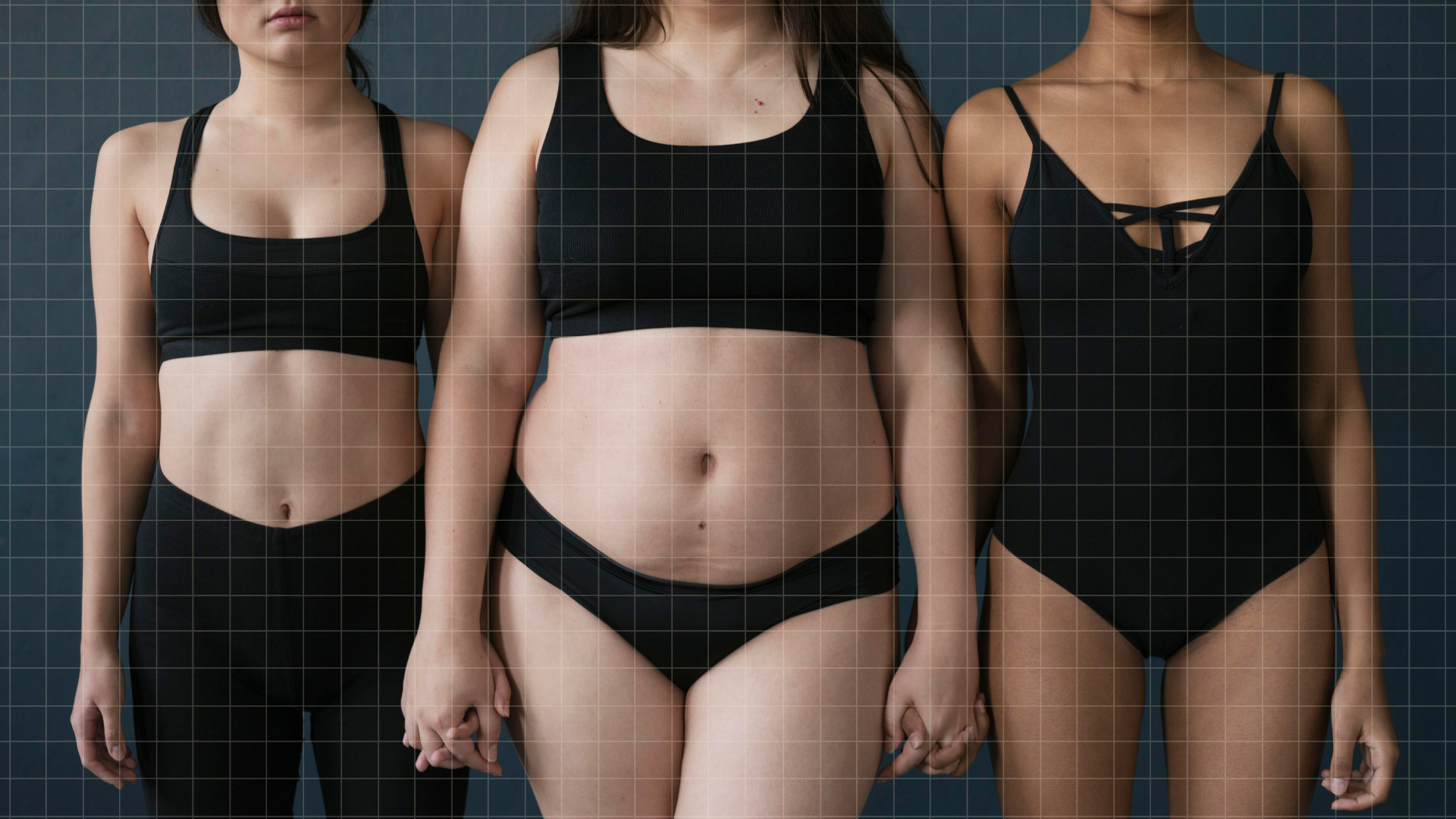
For decades, clothing sizes have been based on outdated body data, creating fit issues for most women. Tanya Dove, CEO at Body and Cup Sizing System, kicks off this week with research examining how these flawed standards persist and explores what can be done to improve garment sizing for a more accurate fit.
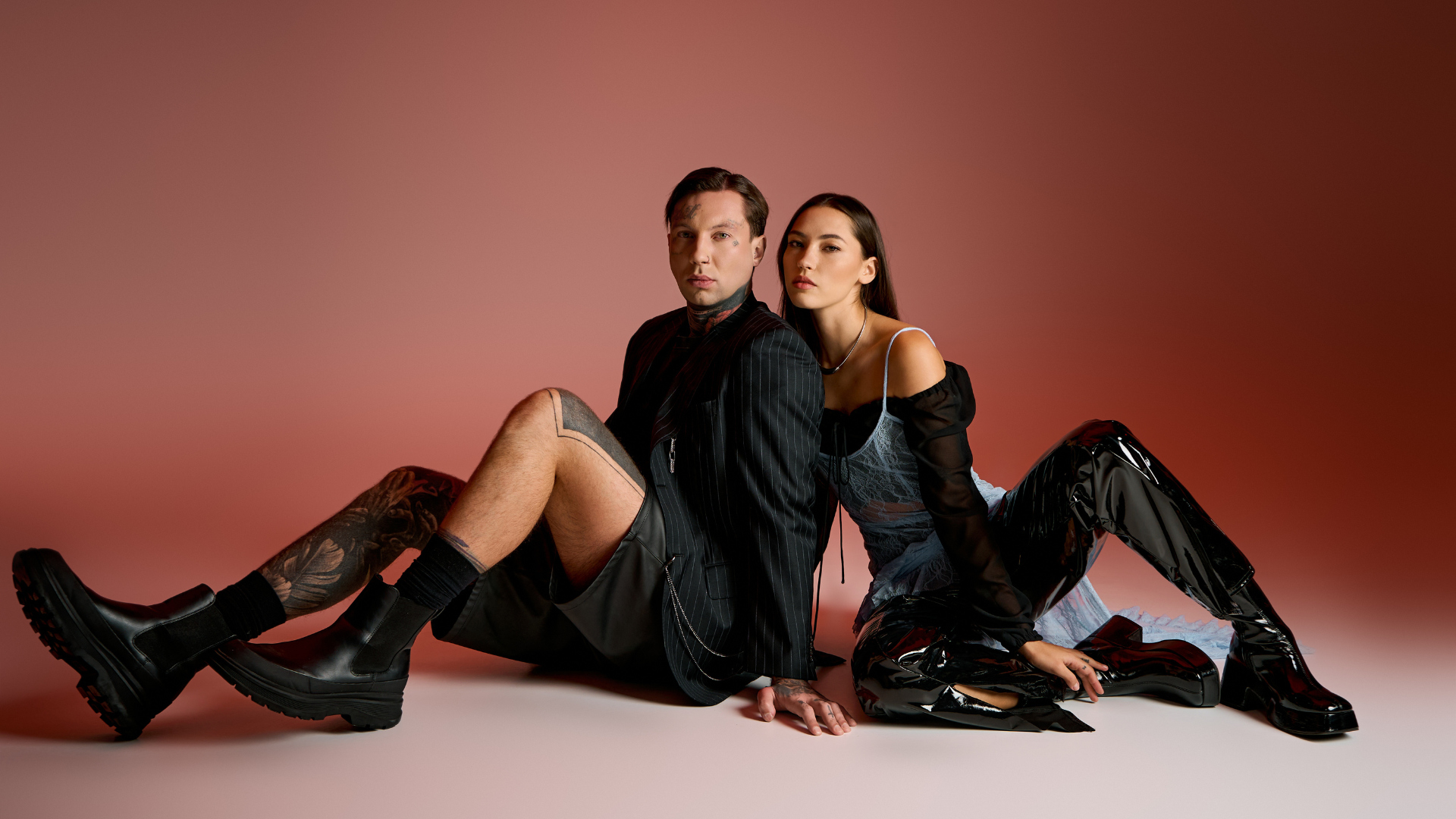
In our first analysis of the week, The Interline asks, ‘Does Fashion Want To Wade Into The AI Copyright Battle?‘

